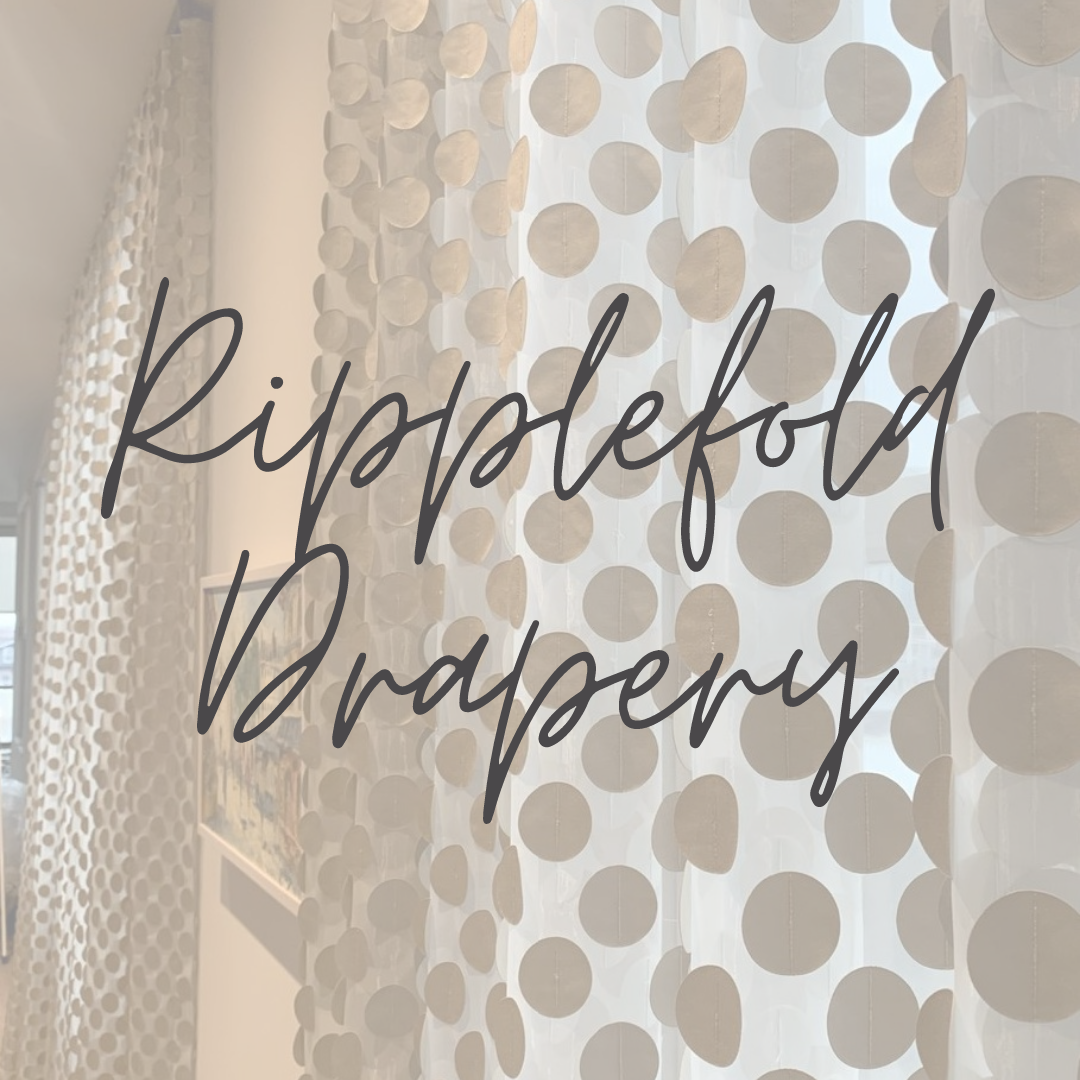
There’s nothing that can compare to well-designed ripple fold drapery.
But are they the right option for the windows in your design project?
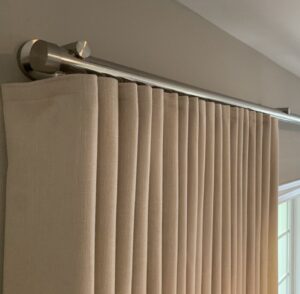
What Are Ripple Fold Drapes?
Ripple fold style drapery have a consistent s- curve rippling across the span of the track. The ripples are created by the chosen carriers corded together to create that consistent wave. This style can work well with many design styles!
The ripples are made by snaps on flat panels of fabric on the header of the drapes which gives the ripple effect to give the fullness you desire.
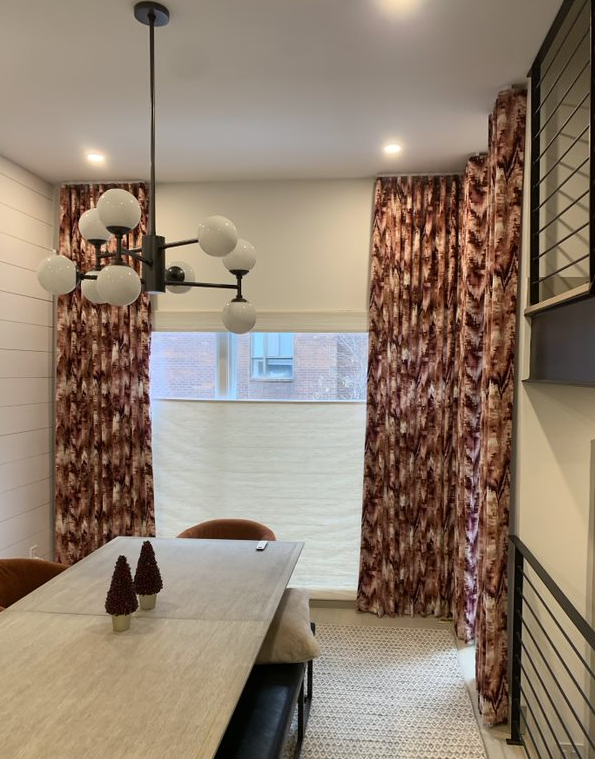
Ripple fold drapery, a modern and elegant style of window covering, is highly sought after by interior designers and architects. They glide easily along the custom track, and can be motorized.
Two distinguishing factors of a ripple fold drapery panel are the lack of pleats – it is essentially a flat piece of fabric – and the use of ripple fold tape, which is attached to the back of the fabric and used to mount the ripple fold drapes on the track.
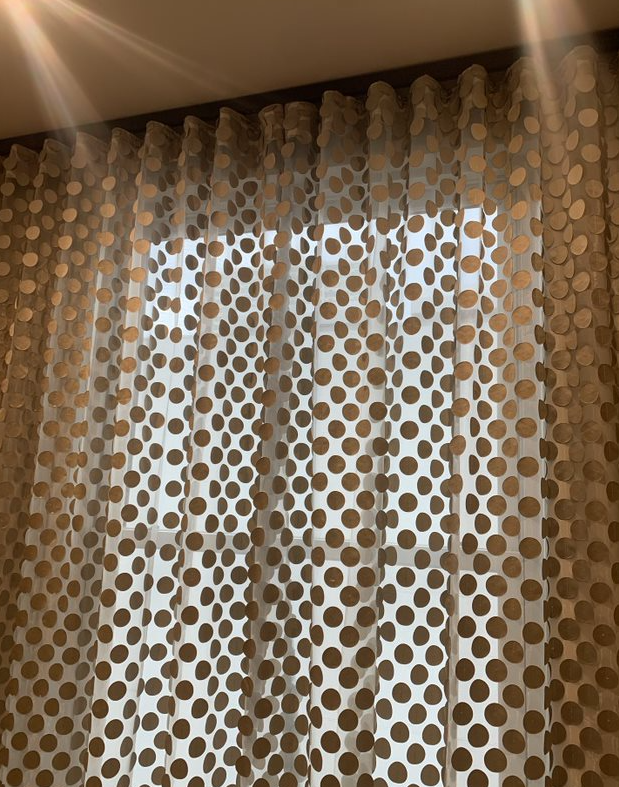
Ripple fold panels are always custom-made to seamlessly cover the desired width. They are usually constructed with 1.5 – 2.5 times the fabric of the coverage width. Our default coverage width is 2x.
Pro-Tip: Consider sharing your selected fabric with your workroom partner before deciding on a pleat style.
For this project by the talented Michele Plachter Design, a ripple fold style of drapery was the ideal choice, as it was the best way to show off the details of this fun fabric.
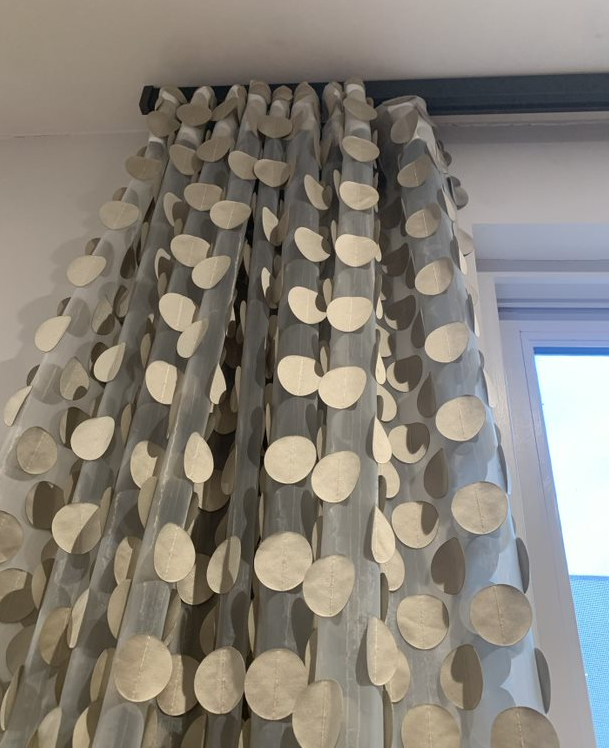
Ripple Fold Drapery Fullness
There are 4 different types of fullness for ripple fold drapes: 60, 80, 100, and 120.
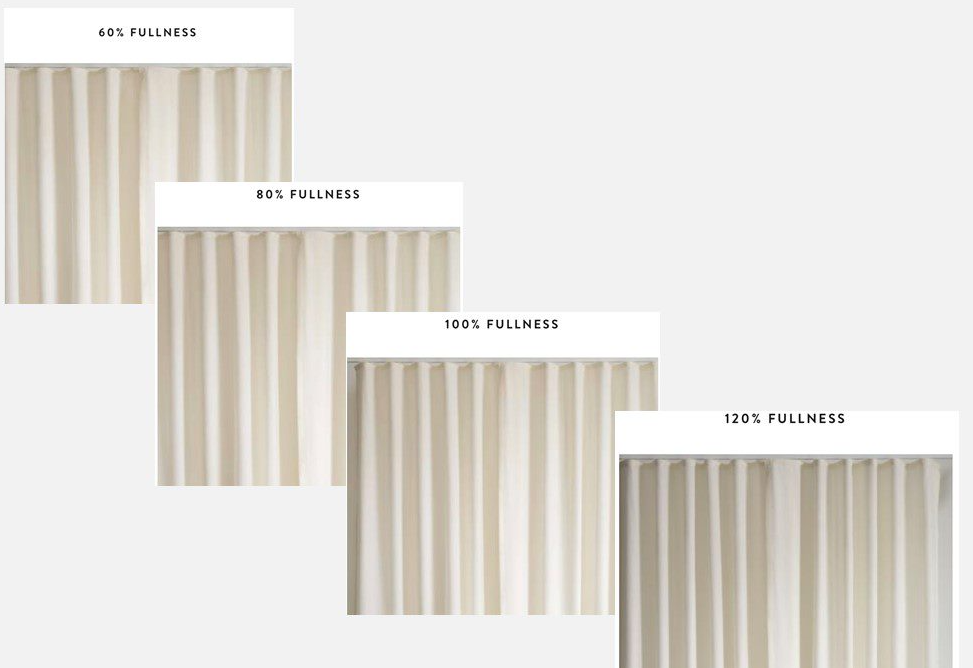
Personally, I find the ideal fullness to be between 80-100, and this is the most common ripple fold drapery fullness we use on our designer’s projects. 60 is a little too flat, and 120 is just a little too full.
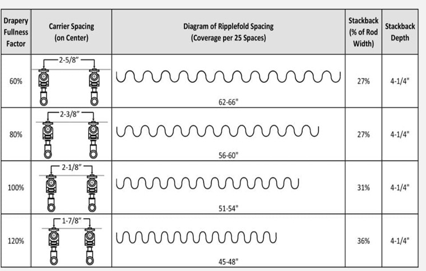
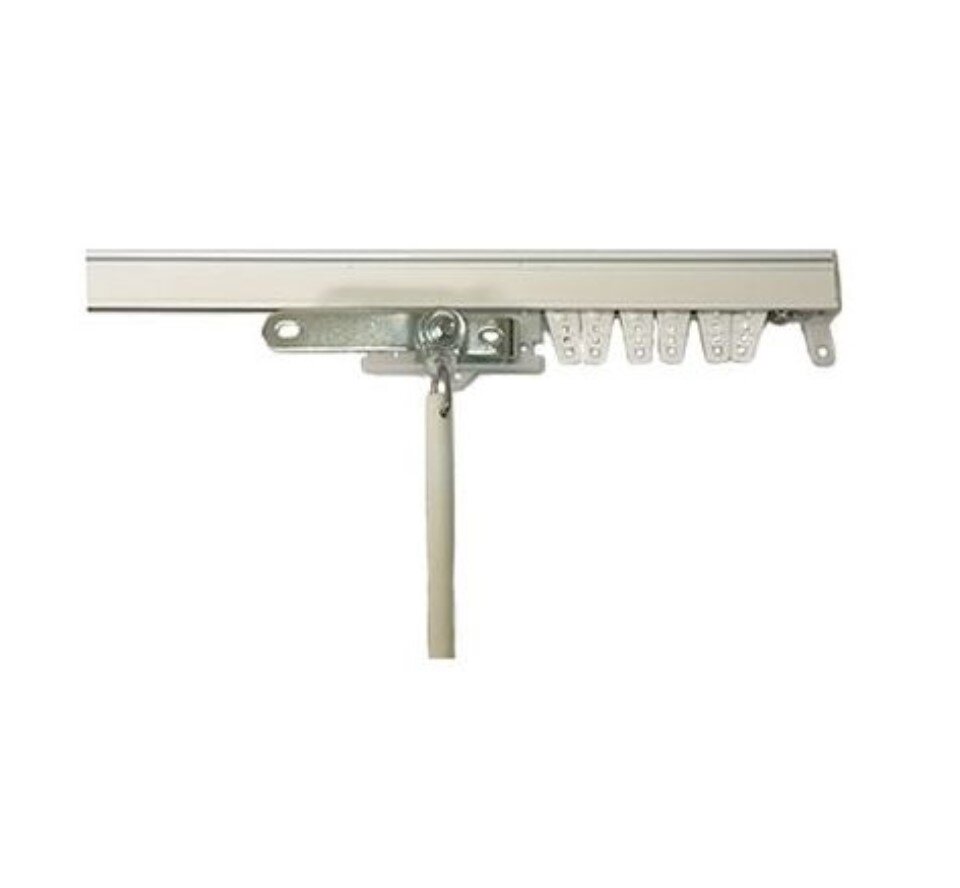
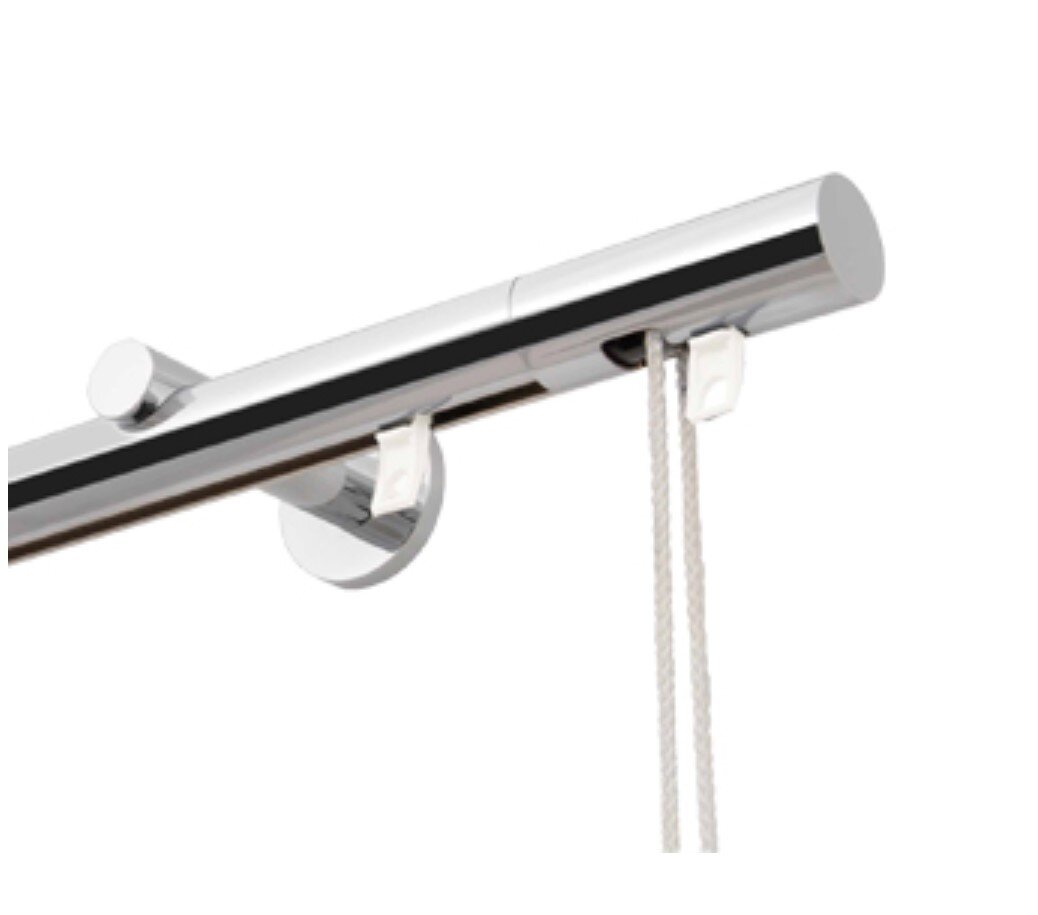
Opening & Closing Ripple Fold Drapes
There are two options for opening & closing ripple fold drapes. You can choose a baton system, or the cord system. Keep the motions and access to the windows in mind when choosing the system for opening and closing the drapes.
If the window has a large piece of furniture in front of it, your client may not enjoy having to climb all over the couch to use a baton to draw the drapes closed.
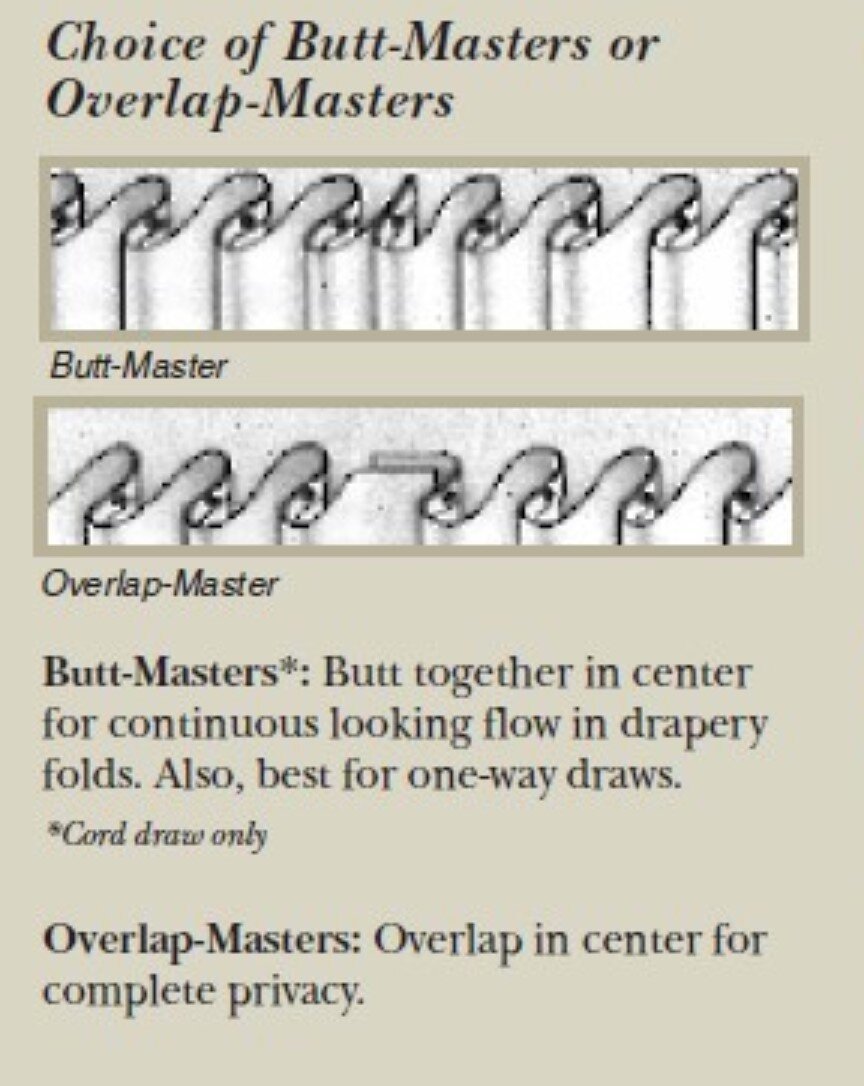
What the Heck is a Master Carrier?
The master carrier on the ripple fold drapery hardware is like the train engine, with the rest of the tracks acting as the train cars – they are pulled by the engine and coupled together. The master carrier is responsible for the movement of the drapery.
There are two types of master carriers – overlap- master carriers and butt-master carriers. If you need to have a black-out treatment, such as in a bedroom, the overlap master carrier is preferred as it ensures best coverage and light blocking.
For aesthetic purposes, I prefer a butt-master carrier because of the perfect ripples it offers.
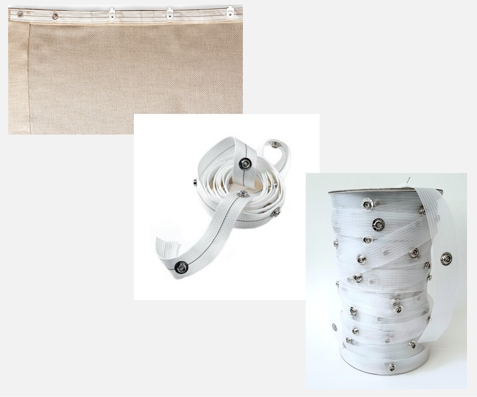
Interested in learning more about Ripple Fold Drapery? Check out Episode #86 of Window Treatment Friday Live, where Kim and I shared some of our favorite Ripple Fold drapery projects and share more tips and tricks for specifying these beautiful draperies.